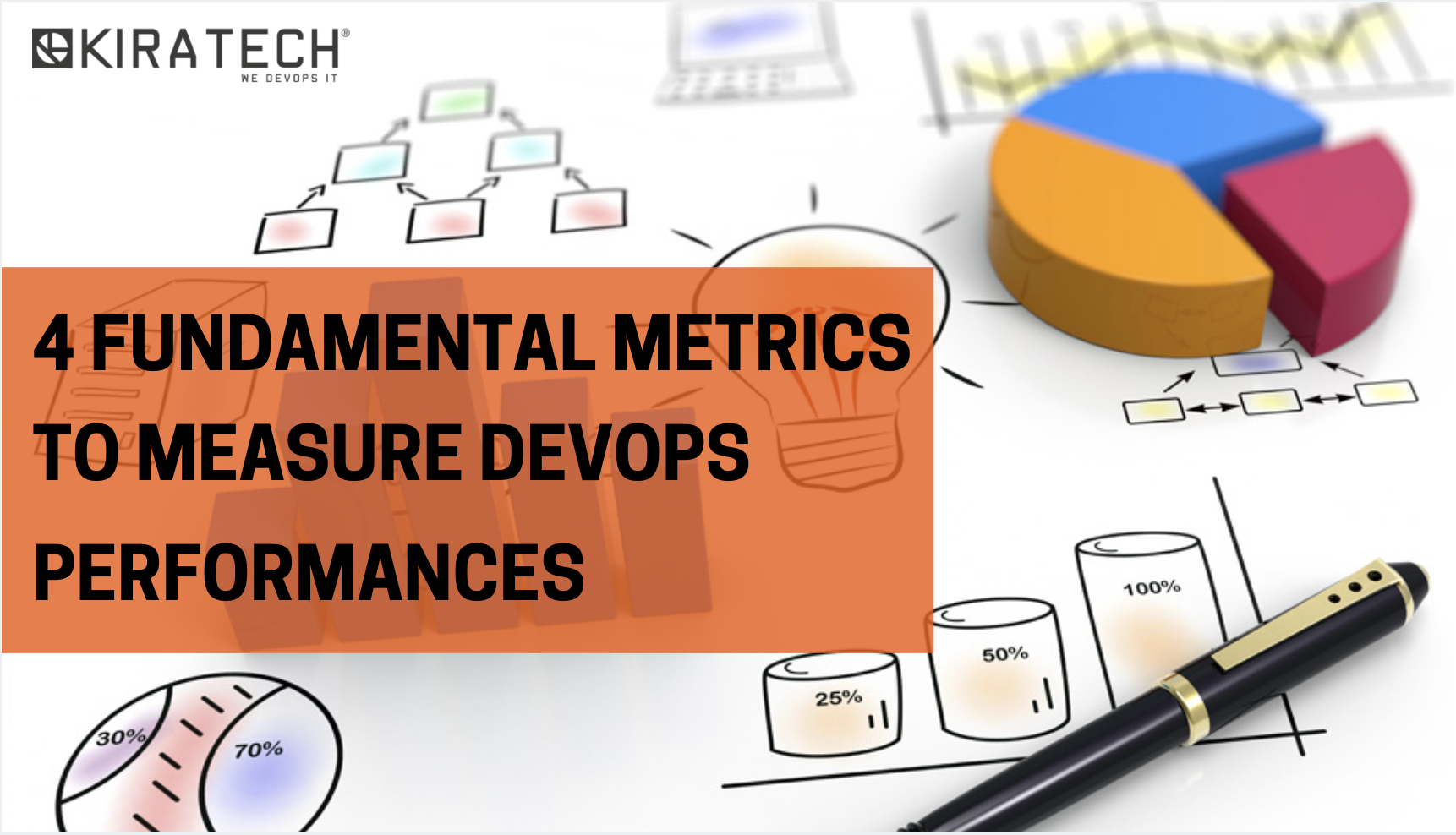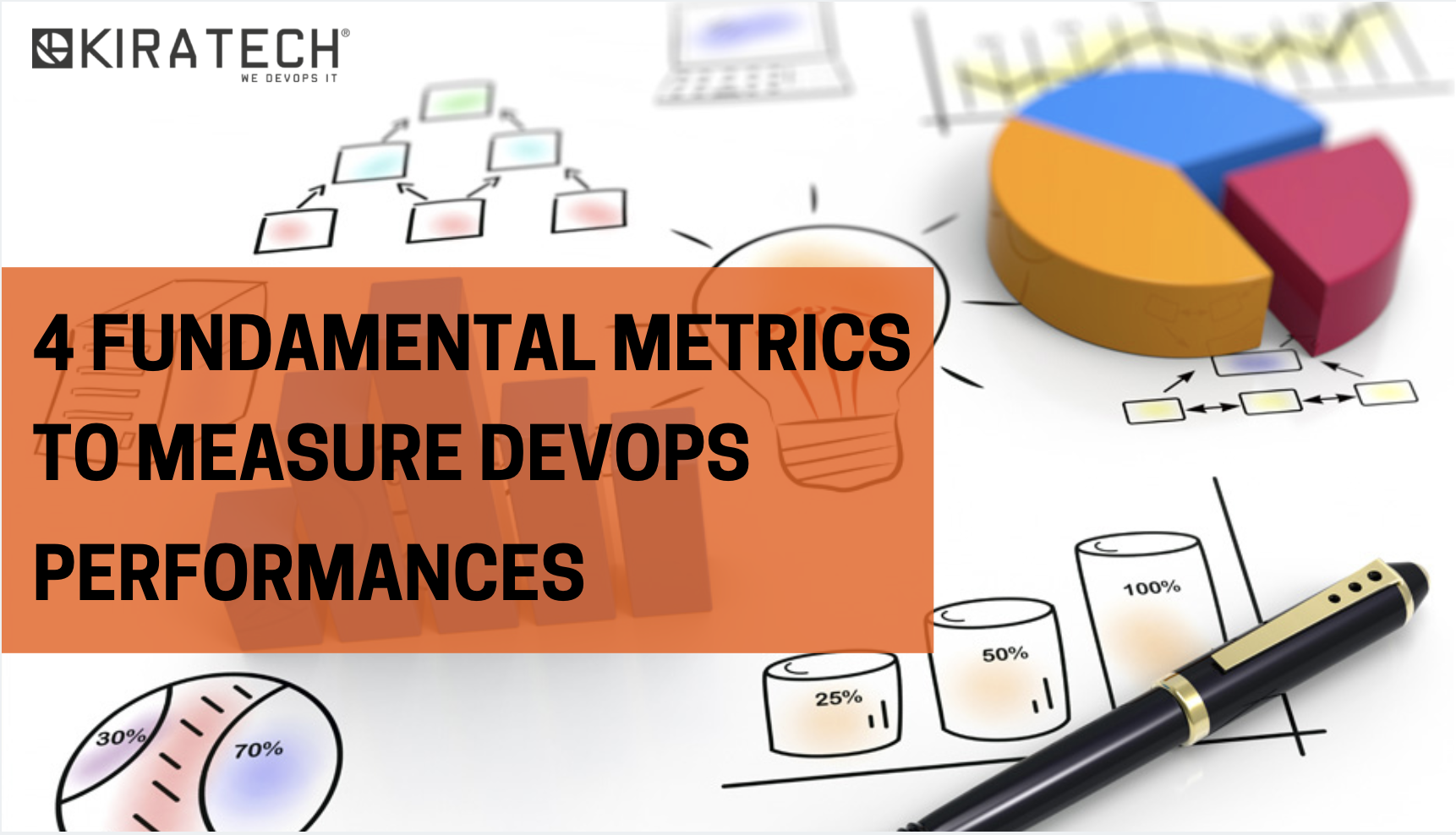
Today, farms are starting to invest in DevOps methodologies and practices, since they have understood their importance in making development stages faster, reliable and with fewer mistakes.
Nonetheless, once these practices have been implemented, organizations encounter obstacles:
- in ROI measurement;
- in the optimization in the performed investments of DevOps initiatives.
So, what are the main DevOps metrics that teams should measure in order to understand the actual effectiveness of the undertaken actions? What are the indicators which let identify potential obstacles and areas of inefficiency, in order to operate towards a continuous enhancement of the process?
We believe that updating these aspects is crucial for CEOs, manager and IT professionals to better understand the implemented solutions performances and evaluate the investments impact.
The annual report presented by Puppet and DORA, “State of DevOps Report 2017”, based on IT and software professionals’ interviews about DevOps methodology adoption, divides IT performances in two major dimensions: code transmission speed (or throughput) and systems stability.
Inside these dimensions we may identify 4 fundamental metrics to evaluate DevOps performances:
1. Development Frequency: the rate with which a team has the ability of deploying the code.
This metric should increase once DevOps strategy and its practices are implemented.
2. Mean Lead Time: the speed with which is possible to switch from code commit to its deployment.
This metric is indicative about the efficiency of the development process and permits to identify potential malfunctions. This index should diminish thanks to the implementation of automation practices and to a continuous enhancement of the processes.
3. Mean Time to Recover: the speed with which the system has the ability of restoring downtimes.
This metric identifies the average time necessary to fix eventual breakdowns and it should diminish over time with the introduction of recovery processes improvements.
4. Change Failure Rate: failure rate of the introduced changes.
This index identifies the pipeline percentage without success caused by the introduction of new modifications. An increasing failure rate reveals processes problems. If this metric diminishes over time it means that your company is being successful in improving development processes.
For the implementation of an efficient DevOps strategy, the identification of the proper performance indicators and its measurement is crucial.
Being able to monitor these parameters and to identify potential problematics in order to enhance the process may make a difference, lead the company to overcome the competition and provide an organizational growth.
A solution for DevOps performances monitoring:
A conceived idea to satisfy these necessities is CloudBees DevOptics, created by the leader firm in Continuous Integration & Continuous Delivery and Jenkins Open-source and Enterprise hub.
This tool has the possibility to aggregate real-time data from the software development process with the purpose of obtaining fundamental metrics and insights to measure and manage the performances and to maximize the application delivery.
DevOptics connects teams, tools and value flows in order to permit a full visibility of the different phases of the delivery process with the objective of comprehending the inefficiencies and improve the process.
Thanks to such information, business organizations may:
- Increase collaboration and team job quality;
- Improve the processes that compose the different software development phases;
- Optimize productivity;
- Maximize profits.
Sources:
State of DevOps Report 2017 by Puppet and DORA: https://puppet.com/resources/whitepaper/state-of-devops-report
https://www.cloudbees.com/press/cloudbees-devoptics-provides-actionable-insights-devops-performance







